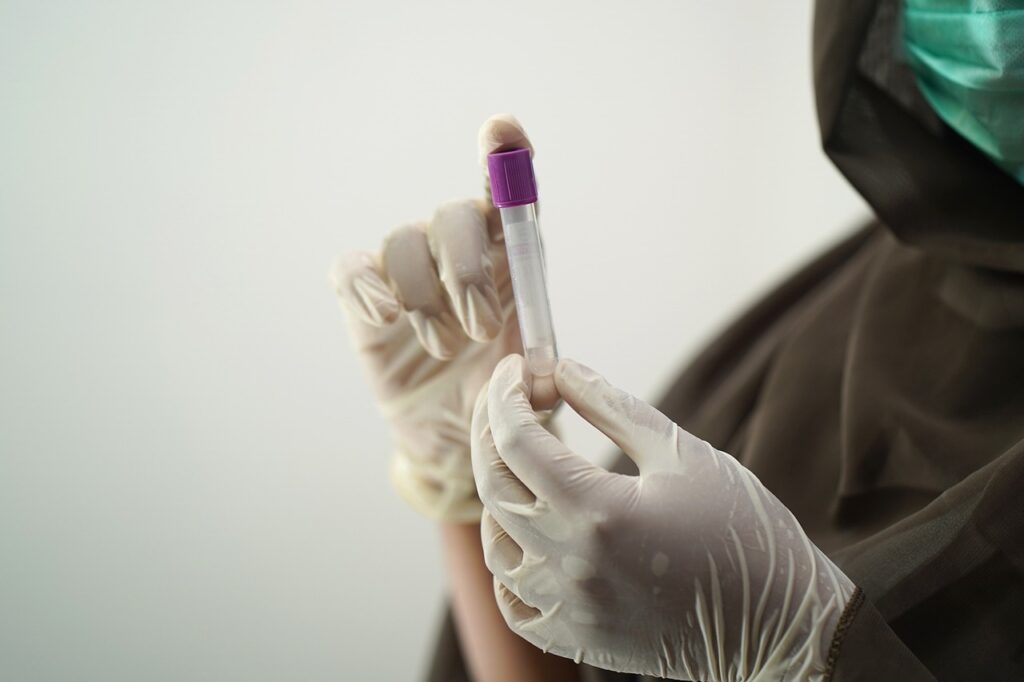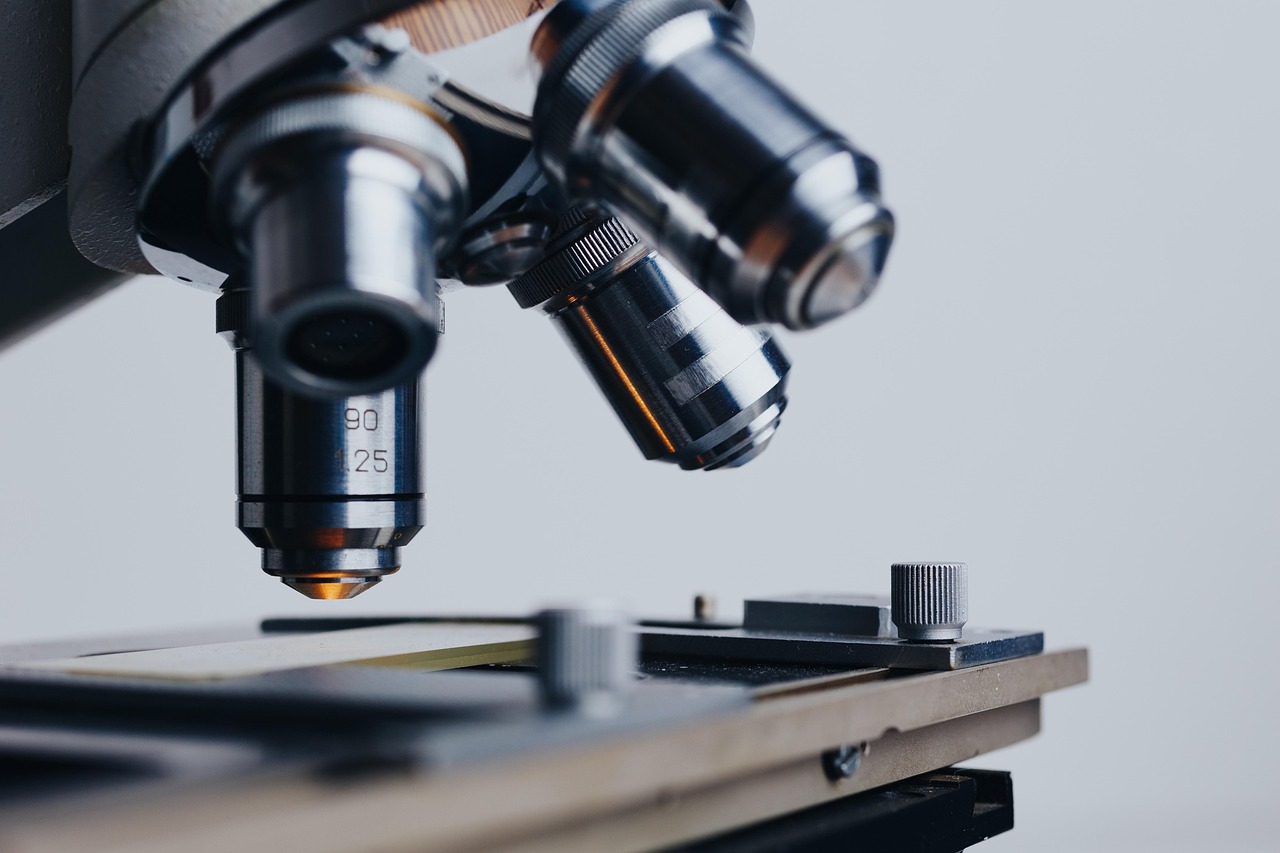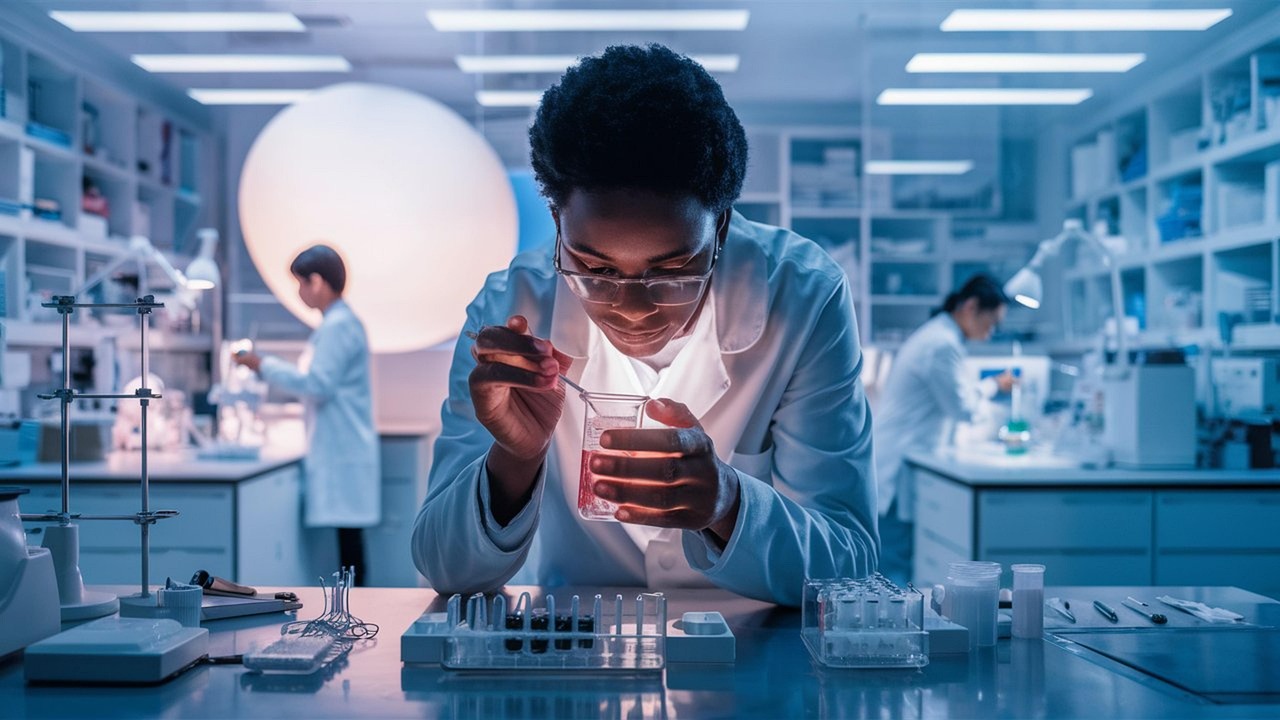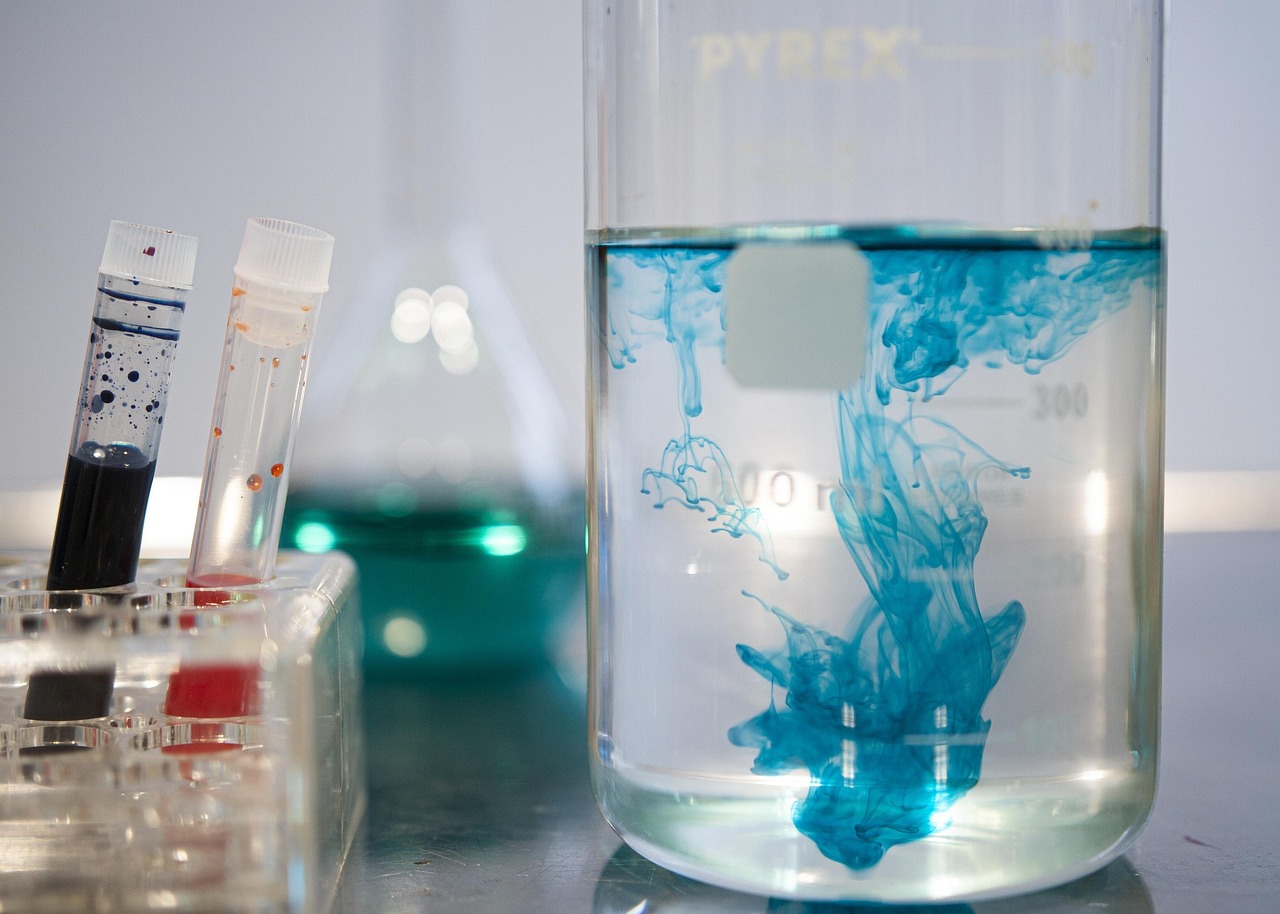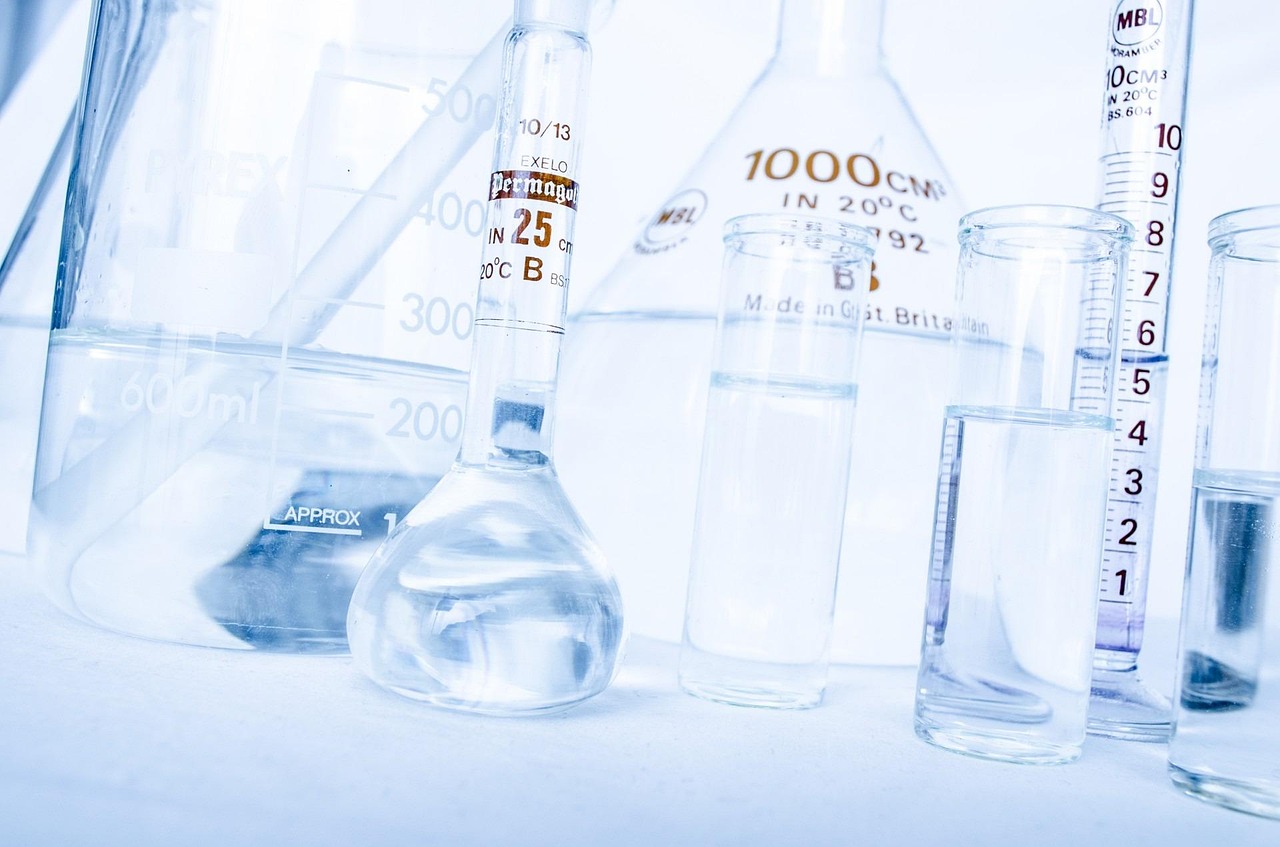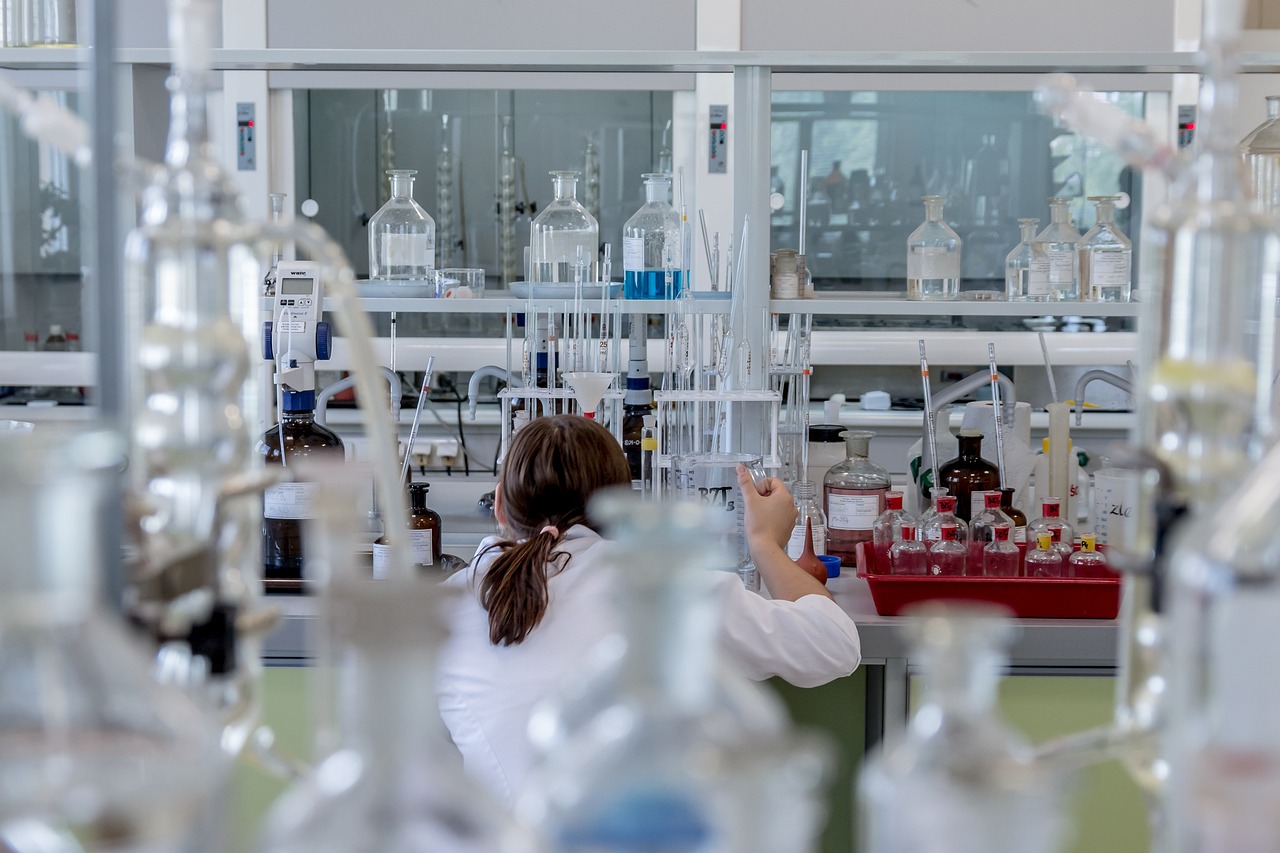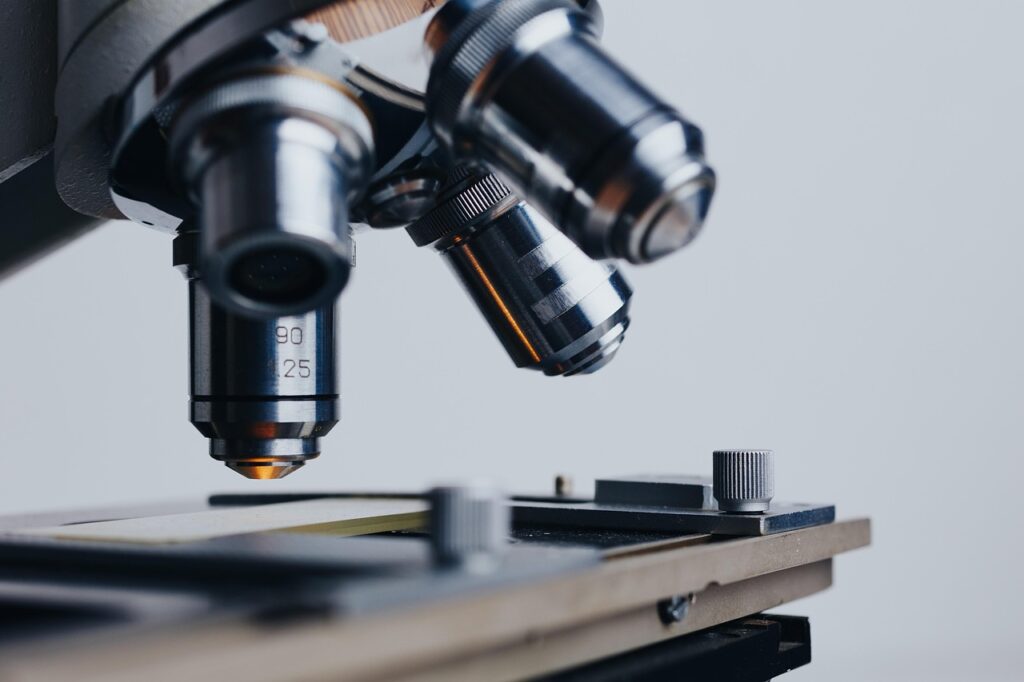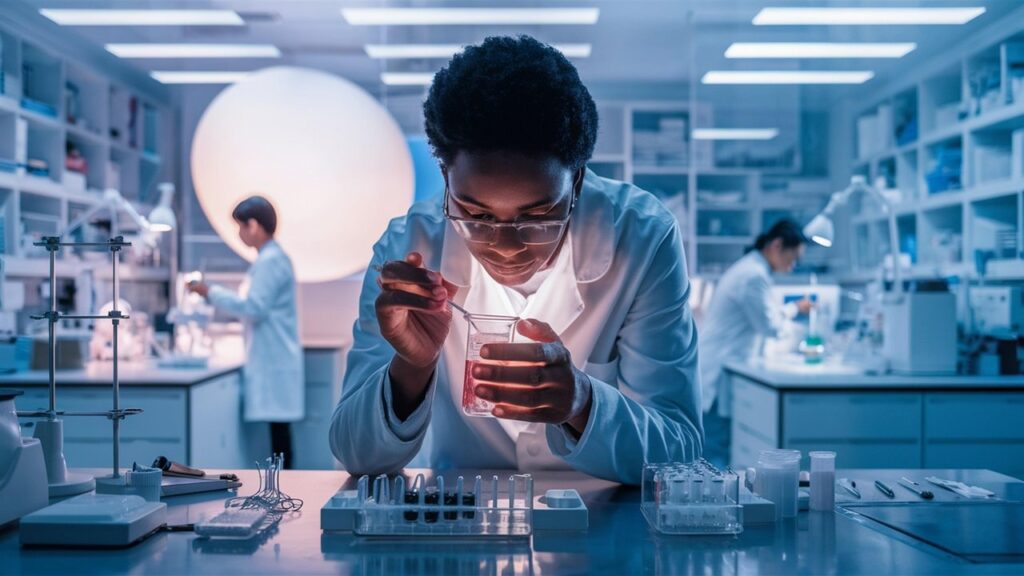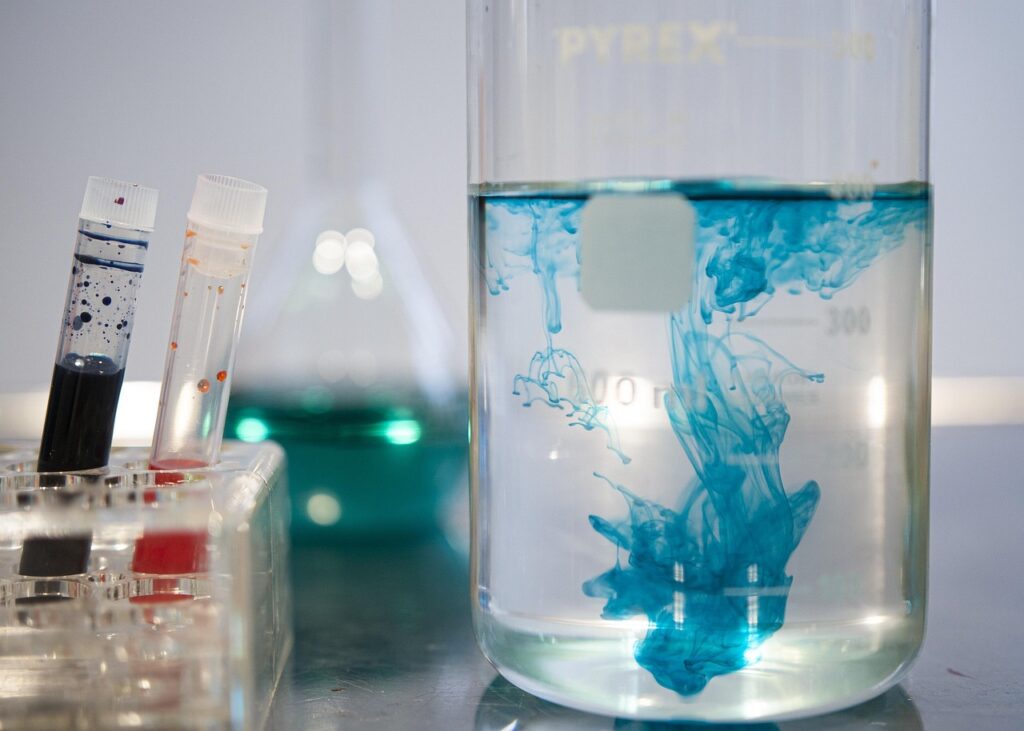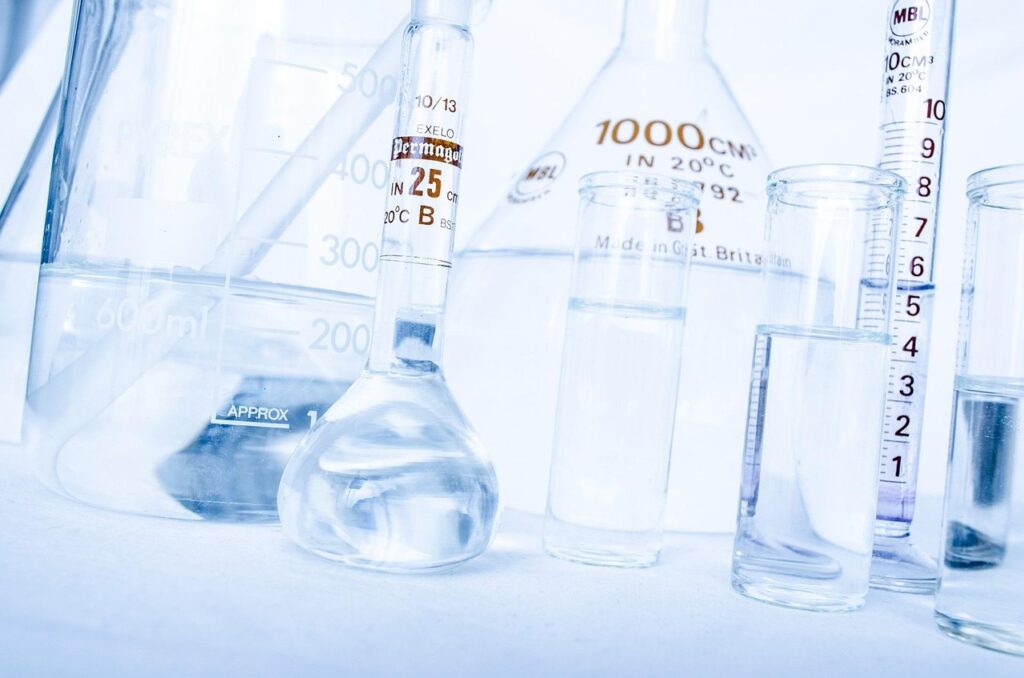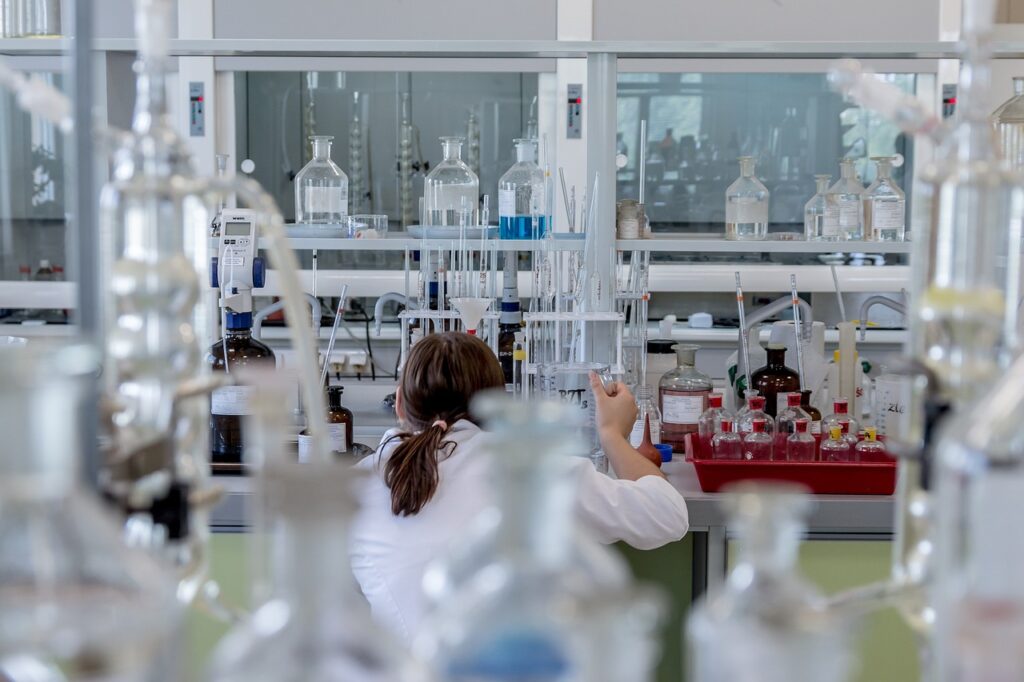A vital component of public health, food safety affects governments, corporations, and consumers everywhere. Thorough testing is necessary to identify pollutants, confirm nutritional data, and guarantee adherence to food safety laws in order to ensure that food products are safe for ingestion. Food lab testing is essential in this situation. Food lab testing is a crucial procedure that guarantees the integrity, safety, and quality of food products, shielding customers from possible health risks and fostering confidence in the food sector.
Understanding Food Lab Testing
Food lab testing is examining food items to find dangerous elements such heavy metals, pesticides, toxins, germs, viruses, and other pollutants. It also entails confirming the food’s nutritional value and authenticity. To find any hazards and make sure food items fulfill safety regulations, accredited labs employ cutting-edge methods like physical testing, chemical analysis, and microbiological testing.
The Importance of Food Lab Testing
1. Protecting Public Health
Public health protection is one of the main justifications for food lab testing. Foodborne infections, allergies, and chronic diseases brought on by toxins or heavy metals are just a few of the serious health problems that can result from eating contaminated food. The World Health Organization (WHO) estimates that each year, contaminated food causes more than 600 million cases of foodborne illnesses. Food laboratories detect dangerous infections like Salmonella, E. coli, and Listeria through rigorous testing, keeping them out of the hands of customers.
2. Ensuring Regulatory Compliance
Governments and international organizations have put strict food safety laws in place to protect consumers. These guidelines must be followed by food producers in order to prevent fines, recalls, and harm to their reputations. Food lab testing guarantees that goods meet international standards including ISO 22000, Hazard Analysis and Critical Control Points (HACCP) methods, and Food Safety and Standards Authority of India (FSSAI) guidelines. Businesses can preserve market access and make sure their products fit regulatory standards by regularly testing them.
3. Verifying Nutritional Claims
Consumers are increasingly conscious of their dietary choices, relying on accurate nutritional information to make informed decisions. Food lab testing helps verify the authenticity of nutritional claims made on product labels, such as calorie count, fat content, and vitamin levels. Misleading or inaccurate labeling can lead to consumer distrust and legal consequences. By ensuring transparency, food lab testing builds consumer confidence and supports brand credibility.
4. Detecting Adulteration and Fraud
In the food sector, fraud and food adulteration pose serious problems. Adulteration is a serious risk to consumer safety, ranging from the addition of dangerous substances to the replacement of pricey products with less expensive ones. By examining the ingredients of food products and looking for contaminants or unapproved additives, testing can spot such activities. In addition to protecting customers, this also shields legitimate companies from unfair competition.
5. Enhancing Shelf Life and Quality
An essential component of food lab analysis is shelf-life testing. Food makers are able to provide precise “best before” or “use by” dates by figuring out how long a product stays safe and maintains its intended quality. Testing for shelf life include assessing elements such as package integrity, chemical alterations, and microbiological development. Reducing waste and preserving customer pleasure, accurate testing guarantees that products fulfill quality standards throughout their lives.
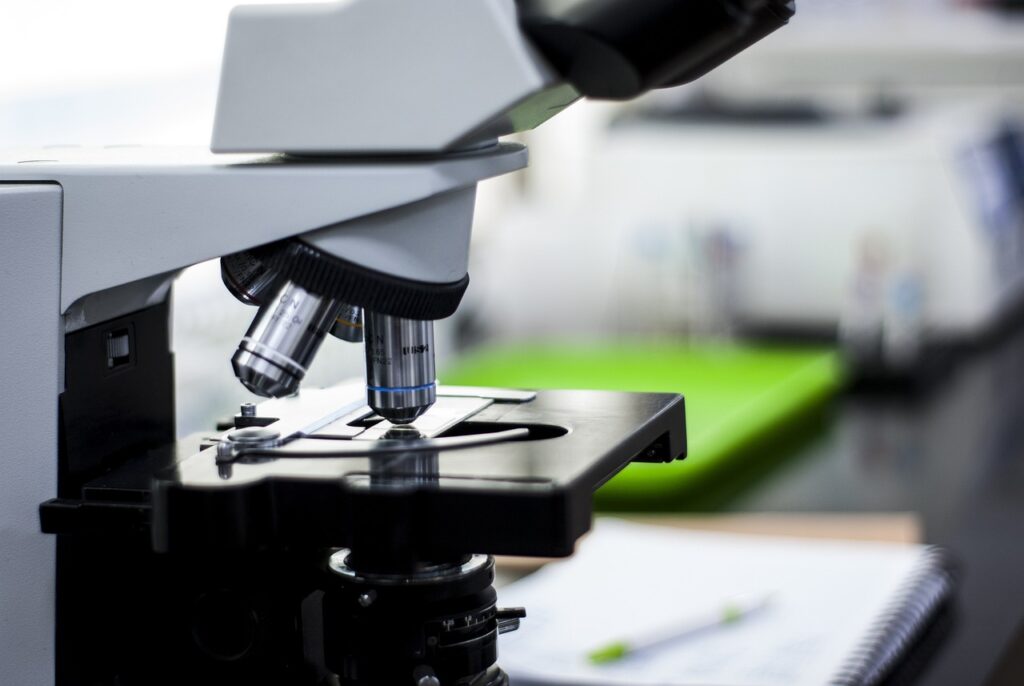
Key Areas of Food Lab Testing
1. Microbiological Testing
Finding dangerous microorganisms like bacteria, yeast, and molds in food products is the main goal of microbiological testing. The detection of foodborne pathogens that can cause illnesses and the maintenance of hygienic conditions in food processing facilities depend on this kind of testing.
2. Chemical Testing
Chemical testing analyzes food for contaminants like pesticides, heavy metals, and toxins. It also verifies the presence of nutrients, additives, and preservatives to ensure compliance with regulatory limits and authenticity claims.
3. Physical Testing
Examining food’s physical characteristics, such as texture, color, and package integrity, is known as physical testing. By doing this, the food product is guaranteed to satisfy customer expectations and keep its quality throughout storage and transit.
4. Allergen Testing
Allergen testing is crucial for identifying allergens such as peanuts, gluten, and dairy in food products. This ensures accurate labeling, helping consumers avoid allergic reactions and maintain their health.
Benefits of Food Lab Testing for Businesses
1. Building Consumer Trust
Customers place a high value on food safety, and companies who do so win their trust testing improves company reputation and consumer loyalty by showcasing a dedication to quality and safety.
2. Avoiding Recalls and Legal Issues
Food recalls can be expensive and harm a company’s image. Frequent food laboratory testing reduces the possibility of recalls and related legal repercussions by detecting possible problems before items are put on the market.
3. Expanding Market Reach
Exporting food products requires compliance with international food safety standards. Food testing ensures that products meet these requirements, enabling businesses to expand into global markets and increase revenue.
4. Improving Operational Efficiency
By identifying weaknesses in the production process, lab testing helps businesses optimize their operations. This reduces waste, improves efficiency, and enhances overall product quality.
The Future of Food Lab Testing
Food lab testing is undergoing a revolution because of technological advancements. Automation, blockchain, and artificial intelligence are some of the innovations that are increasing the speed, accuracy, and affordability of testing. For instance:
- AI-powered analysis: AI can quickly analyze large datasets, identifying patterns and potential risks in food products.
- Blockchain technology: Blockchain ensures traceability and transparency in the food supply chain, helping labs verify the authenticity of food products.
- Rapid testing kits: Portable testing devices allow on-site analysis, reducing the time required for laboratory testing.
These innovations are not only improving the efficiency of food lab testing but also enhancing its accessibility for businesses of all sizes.
Conclusion
Food lab testing is indispensable for ensuring food safety, protecting public health, and maintaining consumer trust. By detecting contaminants, verifying nutritional claims, and ensuring regulatory compliance, food labs play a pivotal role in the food supply chain. As technology continues to advance, the efficiency and accuracy of food lab testing will only improve, further strengthening global food safety standards.

